After mentioning my mission to experience the history of the area, my cousin took me on an adventure filled with history. Our day included Gates Pass and the Saguaro National Park where we would learn more about the prickly pear than ever thought possible. We also visited the Signal Hill Petroglyphs.
Gates Pass
As we left the outskirts of Tucson and headed into the mountains the road was filled with twists and turns. It was hard to believe the road that got us to Gates Pass Road is called Speedway Boulevard. There is no speeding on Gates Pass Road. It is one of the most dangerous roads in the area. The narrow winding mountain road that follows the crest of the mountain eventually brought us to a scenic overlook. We roamed around a bit and learned a little of the history of Gates Pass.
Thomas Gates
Thomas Gates left Canada behind and arrived in Arizona in 1866 with fellow poker player, Billy Brannen. He arrived in Tucson during the early 1880s. Tucson was already making Arizona mining history.
Gates owned the Abbie Waterman Mine in the Waterman Mountains 33 miles west of Tucson. He was determined to find a faster route between his mine and the city. Gates eventually discovered a route through a natural canyon. What did he do then? Why, he self-funded the road project himself to the tune of $1000. The resulting road saved about eight miles, which represented a lot of time when moving ore by horse.
Thanks to a road improvement project in 2005, Gates Pass Road is a much safer drive today (although it is still dangerous). It carries approximately 3100 cars each day. That’s quite a difference from the days of Thomas Gates (essentially an eight-mile private road). The scenic overlooks along the road are favorite places to have a picnic or watch the sunset for locals and tourists.
Saguaro National Park
After leaving Gates Pass, we traveled Kinney Road into the Saguaro National Park. Although it didn’t become a national park until 1994, Herbert Hoover made it a National Monument on March 1, 1933.
The most fascinating thing to me is the way the giant cacti line the mountainside creating a crew cut effect. We stopped at the Visitor Center and decided to take in one of the many presentations offered each month. Our park volunteer was an expert on the local birds and the prickly pear cactus. We learned the proper way to extract the juice without causing injury from the spines. And even better, we learned many ways to use the juice. The best was learning that when stored properly, prickly pear juice can last up to two years. Yum!
Our next stop was the Signal Hill Picnic Area. We climbed the trail and found dozens of ancient petroglyphs. This amazing art from an ancient civilization that has long since passed from history left me filled with awe. How is it that something so old can survive so long? The petroglyphs we saw were most likely created by the Hohokam and were made by etching designs into the surface of the rocks on which they are found.
Recollections fashion eras don’t extend back to prehistory. However, many of our fashions are inspired by the Victorian era, including the Old West. Here are a few examples of our Old West Ensembles.
Credits and More Information
Mine Tales: Tucson was important to early mining
Street Smarts: Gates paid for road himself to speed trip
The tragic tale of Thomas Gates
Civilian Conservation Corps buildings endure at Gates Pass

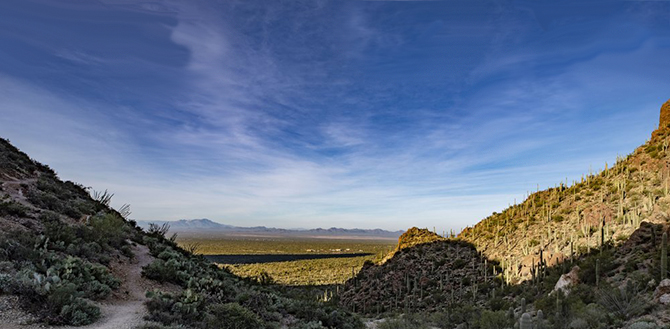
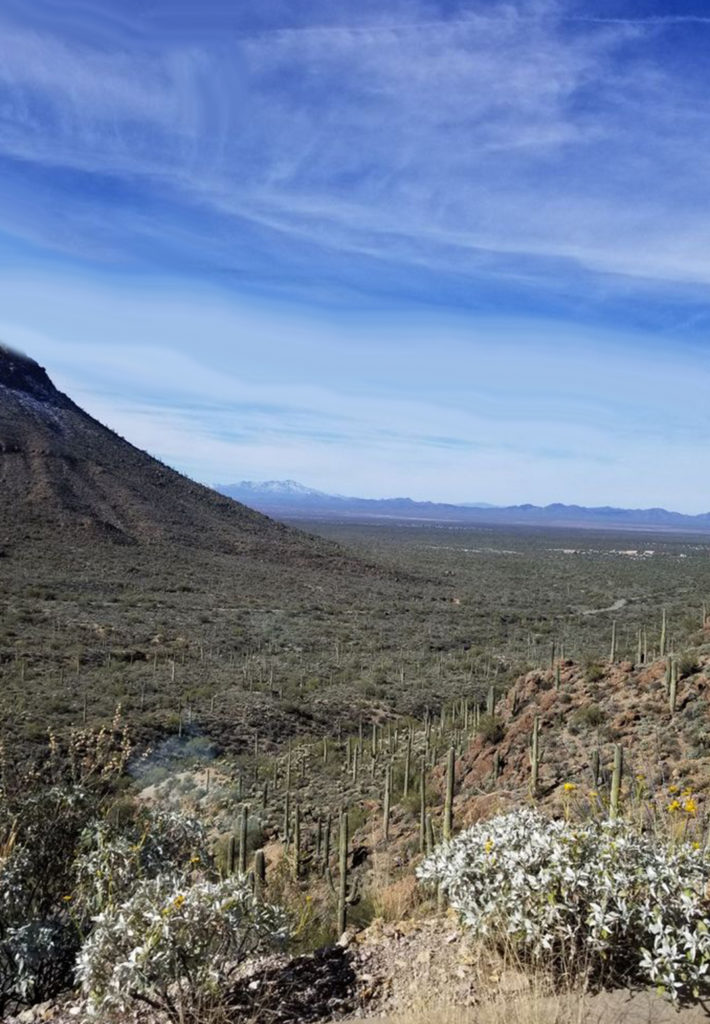
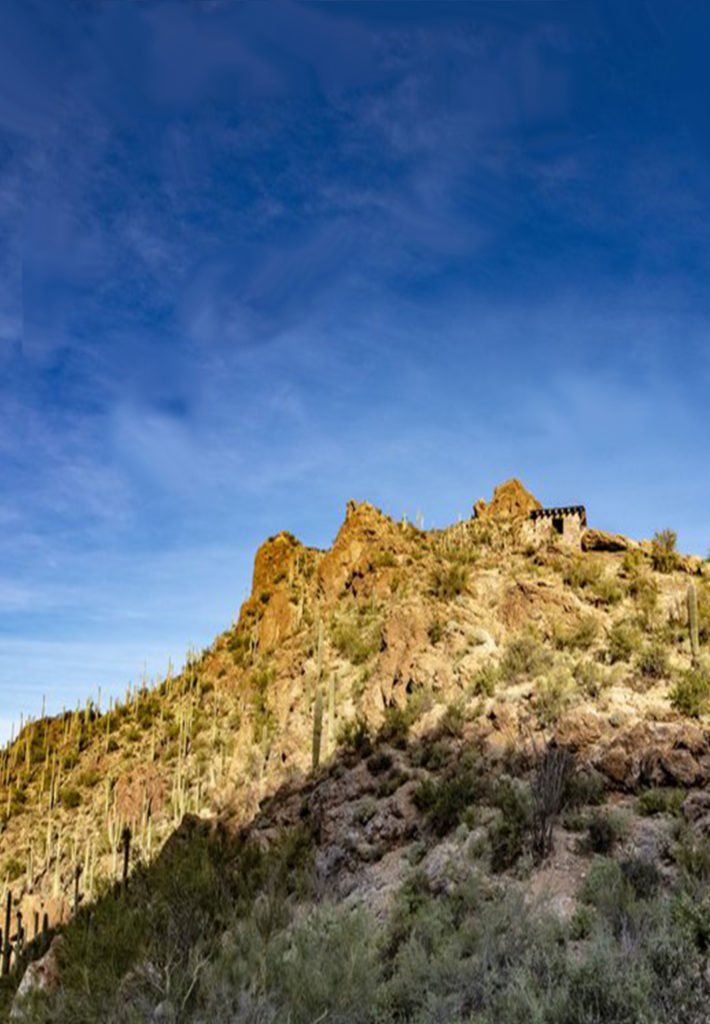
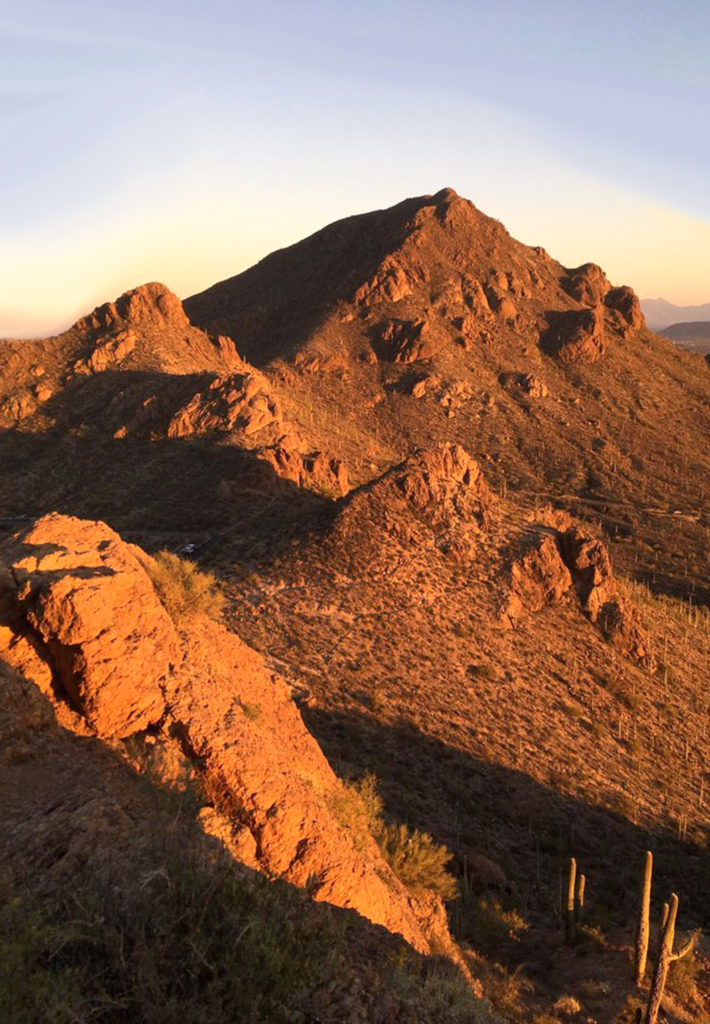
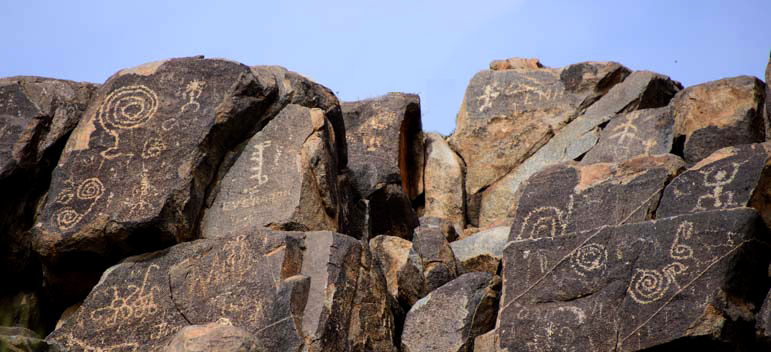
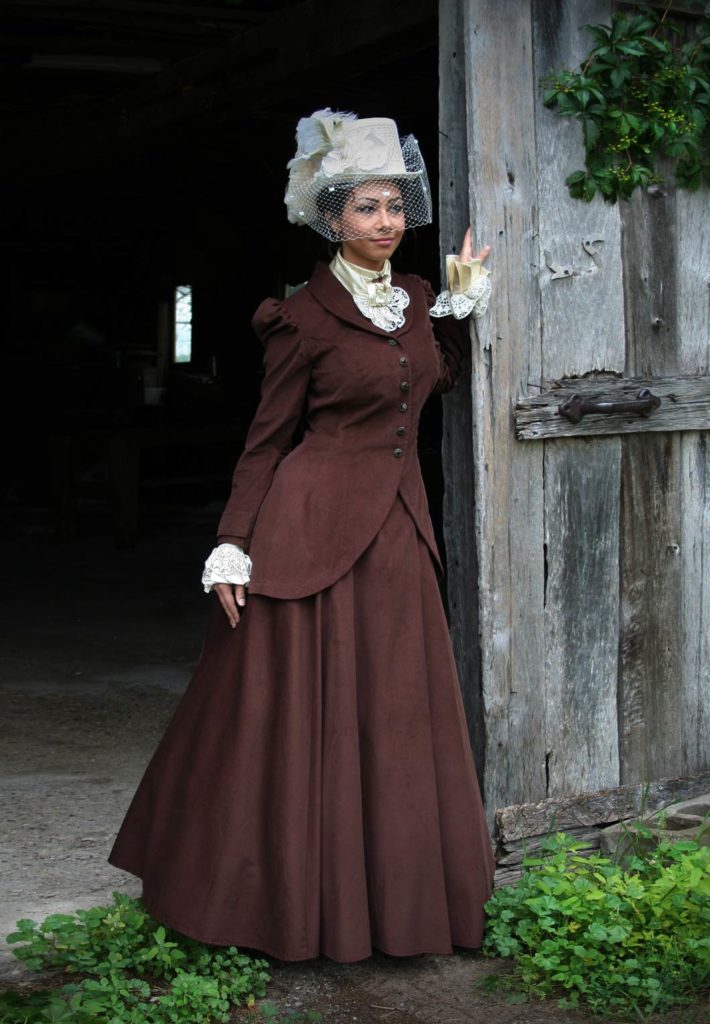
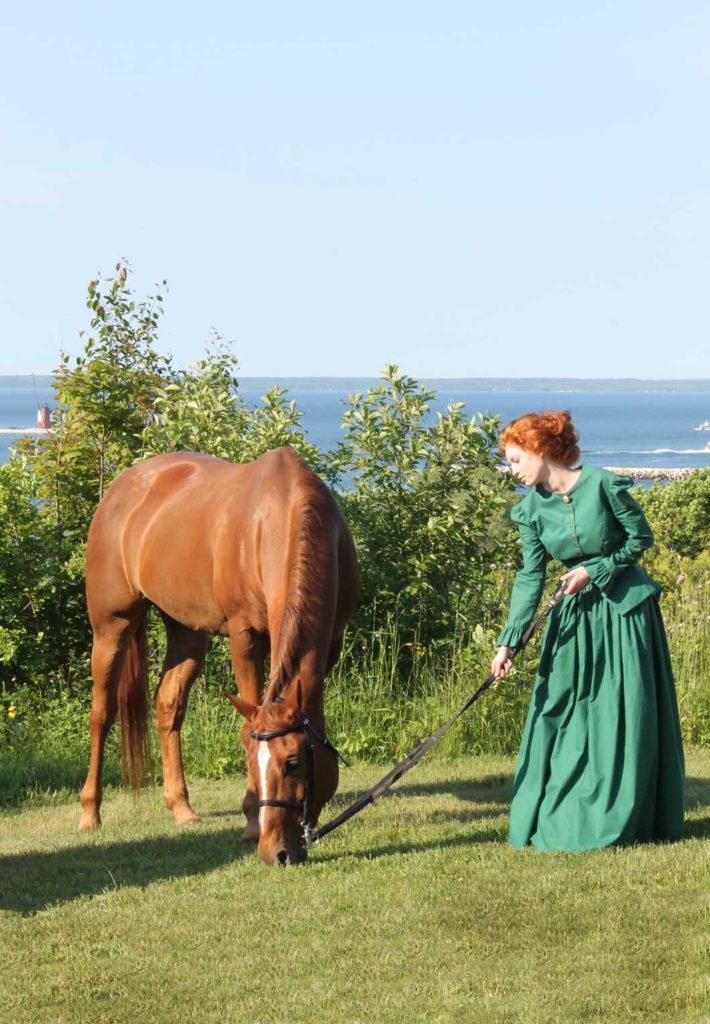
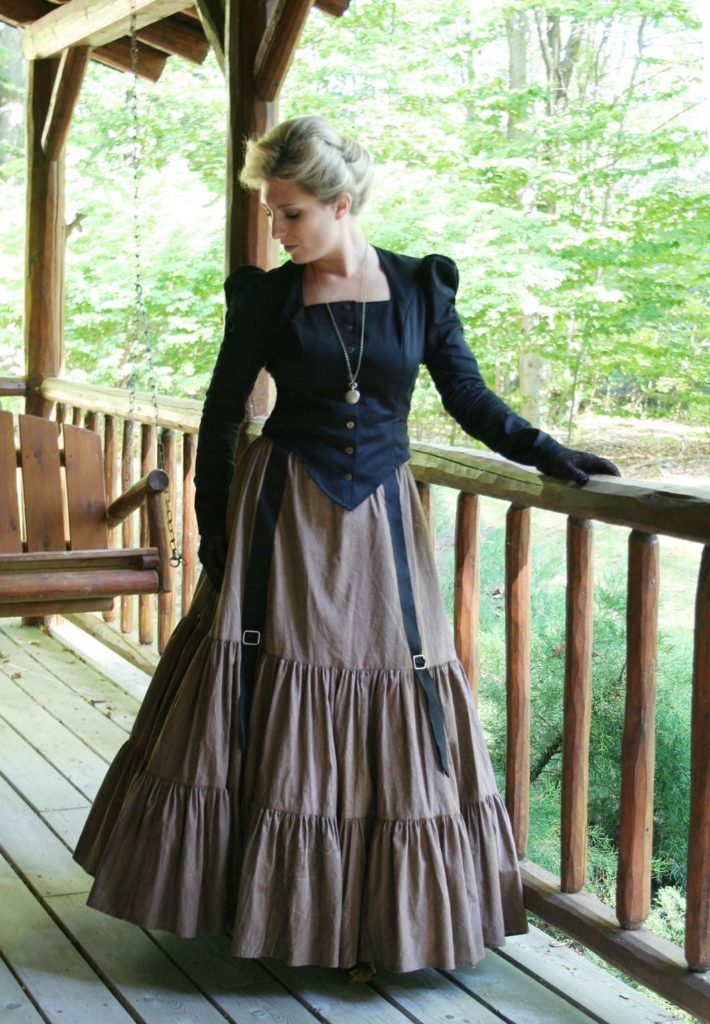











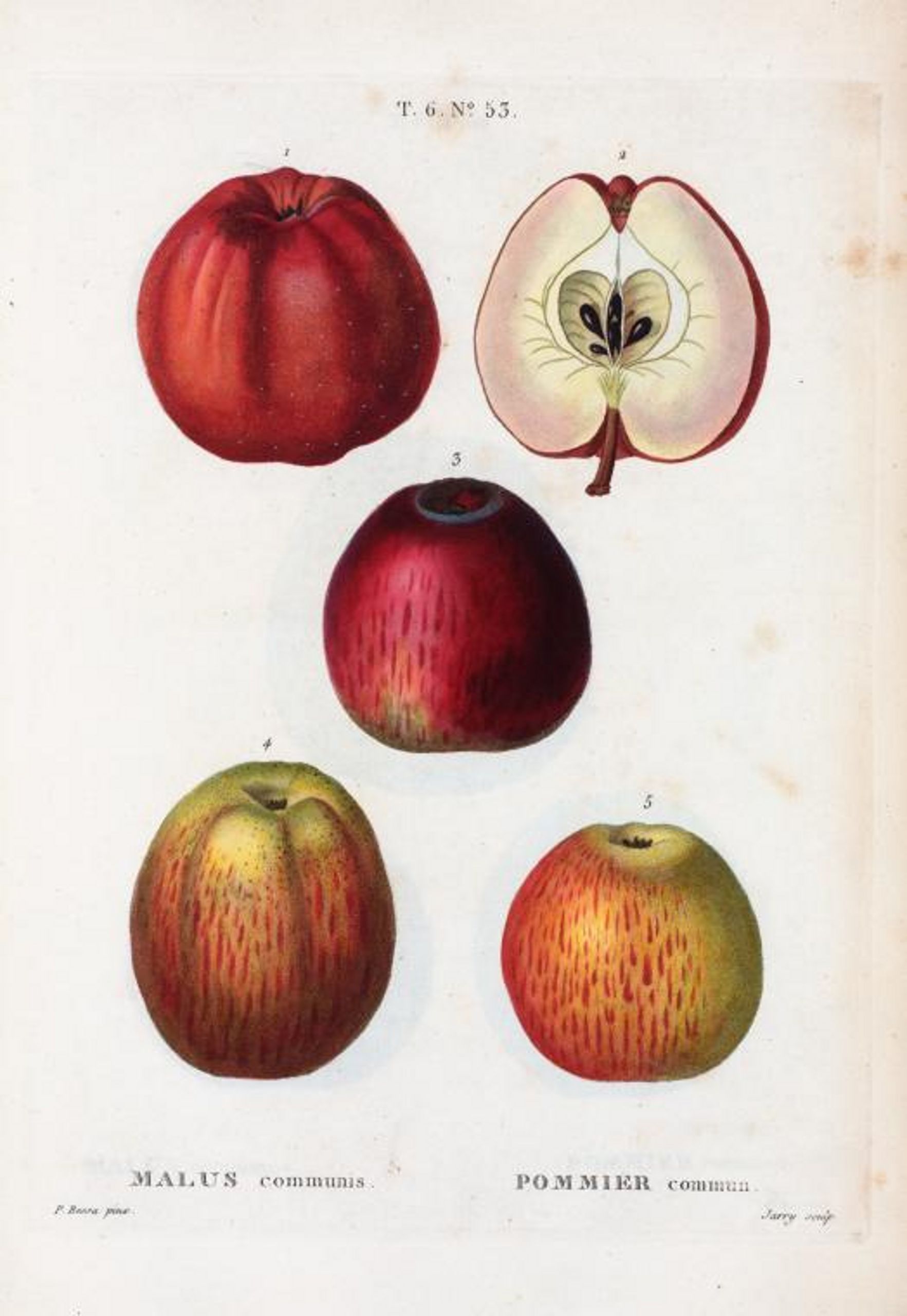
Leave A Comment